This article was co-authored by Trudi Griffin, LPC, MS. Trudi Griffin is a Licensed Professional Counselor in Wisconsin specializing in Addictions and Mental Health. She provides therapy to people who struggle with addictions, mental health, and trauma in community health settings and private practice. She received her MS in Clinical Mental Health Counseling from Marquette University in 2011.
There are 14 references cited in this article, which can be found at the bottom of the page.
This article has been viewed 22,656 times.
Having a negative self-image can be one of the most destructive things a person faces. It may just interfere with minor things in your life, or it may control your entire existence. If you are struggling with body image issues, then getting counseling from a mental health professional may help you to overcome them.
Steps
Identifying Body Image Issues Through Counseling
-
1Make a list of things you don't like about yourself. One thing you might be asked to do in counseling is to make a list of things you don’t like about yourself. Include things you are uncomfortable with or ways you feel about your body.
- Include any body parts or specific things that you have a problem with. Think about things about your body you try to hide or disguise.
- If you are unable to come up with any body image issues, ask friends or family members for help. They may be able to help provide you with negative body image talk you have expressed in conversations with them.
-
2Identify your specific body image issues. After making a list of things you don't like about yourself, you will then start to identify your body image issues. Your counselor will help you be honest with yourself about what you don't like about your body. To work through these issues, you will need to confront them.[1]
- The first step is learning to identify what issues you have.[2]
- You probably already know what issues you have. Your counselor may help you be more specific about them, or uncover any other issues you may have but aren't aware of.
Advertisement -
3Determine the type of body image condition you have. Body image issues come in very different forms. Your counselor can help determine the type of body image issue that you have. Some people may just assume body image issues are feeling fat or ugly, but that is only one kind of body image condition. Your counselor can help you figure out your issue, which can determine your treatment.[3]
- Holding yourself up to unattainable standards is another way body image issues affects people. In this case, people compare themselves to others because they consider them the standard. For example, men may think they have to have large muscles because men on television do. Women may believe they need to have wrinkle free skin or be an unhealthy weight to be accepted.
- Gender-related concerns may cause body image issues. If you identify as a different gender, you may have body issues as you make the transition. If you decide to undergo gender reassignment surgery, you may face body image issues as you confront the stereotypes connected to your preferred gender.
- Culture may also lead to body image issues. This might stem from trying to live up to difficult to attain cultural standards, or trying to fit into a different cultural ideal of beauty while looking different.
Using CBT for Body Image Issues
-
1Use cognitive behavioral therapy. Cognitive behavioral therapy is a common technique used to help with body image issues. CBT works to reverse negative self-talk and a person’s obsession with flaws. CBT also helps a person learn what self images are real and what others have arisen from unhealthy development of your esteem.[4]
- CBT tries to help replace negative thoughts with positive thoughts. Your counselor will help you challenge your unfounded beliefs about yourself as you develop a healthier body image.
-
2Monitor your thoughts. One aspect of CBT is monitoring your thoughts. Your therapist can help you learn how to recognize unhealthy and damaging thoughts. You can also learn how to pay attention to the circumstances that trigger your thoughts or cause the thoughts to worsen.[5]
- You may have to keep a diary of your emotions and thoughts about yourself.
-
3Challenge your negative thoughts. After you have monitored your thoughts and identified the unhealthy, damaging ideas you have about yourself, the next step of CBT is to challenge those thoughts. Your counselor will help you learn strategies and develop skills that will allow you to challenge these unrealistic thoughts about yourself.
- For example, you may feel that because of your burn scar that you are ugly and people won't want to look at you. You may feel that because you are male with small muscles, you are less masculine. You have a negative self-perception because your body looks different than your identified gender. CBT can help you challenge these thoughts by exploring if these thoughts are true, and what are the pros and cons of holding on to this belief.[6] [7]
-
4Modify your thoughts. The goal of CBT is for you to modify your thoughts, feelings, and behaviors from the negative thoughts. Many body image issues stem from inaccurate and/or unrealistic thoughts about your body. Whether the thoughts are about your weight, a body part, your gender, or a trauma scar, these thoughts are damaging to self-esteem and your well-being.
- CBT works to modify the negative thoughts and perceptions you have about yourself. You learn how to replace these negative thoughts with realistic, and therefore healthier and more positive, thoughts.
-
5Prioritize your thoughts. Another facet of CBT involves learning how to prioritize the way you think. Each thought you have takes up a place in your brain, and some thoughts are larger and more important than others. CBT helps you learn how to put healthier thoughts into a priority spot into your brain, while pushing negative thoughts down the priority list.[8]
- For example, if you think you are fat, this is not a thought that should be the first in your brain. You should reorder the thoughts in your brain so that you focus more on your career, your friends, or how you are a great pianist instead of how you perceive yourself as fat.
Improving Body Image with Other Counseling Techniques
-
1Combat avoidance and checking behaviors. Many people who have body image issues either exhibit actions of body avoidance or body checking. Counseling can help you learn how to deal with these behaviors and move past them. You will learn how to replace unhealthy behaviors with healthier ones.
- Body avoidance is when you avoid everything that might remind you of how much you hate your body. Common activities avoiding include clothes shopping, swimming and beach activities, looking in the mirror, sexual relationships, and social events.
- Body checking means you repeatedly focus on your body to look for flaws. You may stare at your reflection for hours or look in the mirror multiple times a day to check the parts you hate. You may weigh yourself over and over. You may believe you are controlling your flaws, but you are focusing on them all the time.
-
2Fight perceptions of what the perfect person looks like. Counseling can help you break down unrealistic perceptions you have about what you think you should look like. By telling yourself that you don’t have to look like what the media portrays as a perfect person, you can start to lessen the control that false image has over you.
- CBT and counseling can help you focus on the people around you and watch them for what they are. Think about who you find attractive, how people you love and respect don’t look perfect, and how there are things beyond your looks that make you worthy.
-
3Identify what is good about your body and overall person. Many times, negative self images can make you think there is nothing worthy about you, inside or out. Counseling can help you start to identify and find things about yourself that are good and positive.
- For example, if you hate your eyes or your muscle definition, acknowledge other parts about yourself that you like. Perhaps you like your hair, your hands, or your lips.
- Make a list of things that are good about the way you look. This can help you change your negative perception about yourself.
- Remember that there are things about yourself outside of your looks that make you a worthy person. Make a list of things you are good at, strengths you have, and reasons people like to be around you. This includes your intelligence, your taste in music, or your ability to play a musical instrument.
-
4Try group therapy. Group therapy is another common technique to address body image issues. In group therapy, you connect with other people who have similar body image issues. Together, you help each other face your perceptions and negative ideas.[9]
- In group therapy, you may be expected to interact, collaborate, and participate in activities with other people. Group therapy provides you an outlet to voice your concerns to other people in a safe environment.
- Group therapy may help you connect with other people who feel similar to you. You may be able to provide support for each other as you try to overcome your negative perceptions.
- Through this collaborative process, you may be able to explore any underlying emotional issues that have lead to your body image issues.
- Group therapy may also require you to go to counseling with your family to help them learn how to help you with your body image issues.
Finding the Right Counselor
-
1Decide the severity of your issues. Body image issues can be mild or severe. They may lead to minor self-esteem issues or to much more debilitating disorders. The counseling you choose to pursue may depend on how serious your body image issues.[10]
- Since body image issues can lead to life-threatening eating disorders, those issues are more serious and require different counseling than self-esteem issues.
- Body issues that lead to depression, isolation, and reluctance to leave the house also need to be addressed with more serious measures.
-
2Find a counselor. To receive the specific counseling you need, you should search for a therapist or counselor who has experience with body image issues. This will ensure you are getting the kind of counseling that targets your issues.[11]
- You can search for therapists through your insurance company, or through a number of mental health websites. You can contact them to ask if any of the counselors deal with your specific condition. Some websites will list the conditions or groups of people that a therapist specializes in, such as LGBT, men’s issues, or eating disorders.
-
3Search for a body dysmorphia counselor if you obsess about specific flaws. If you have body dysmorphic disorder, a therapist who specializes in the disorder can help you confront and overcome your issues. This disorder may arise when a person hates a specific part of his or her body.[12]
- For example, you may hate your eyes, your nose, or even your genitalia. People who suffer from this form of body image issue may obsess about that body part and go to extreme lengths to hide it. Body dysmorphic disorder often is a result of this.
-
4Find an eating disorder specialist if you have anorexia or bulimia. If you have an eating disorder, you need to undergo counseling with a therapist who specializes in anorexia and bulimia. These are serious conditions that need to be addressed because they can lead to severe health problems.[13]
- One form of body image issues relates to weight. These issues can lead to severe self-esteem problems, along with eating disorders like anorexia and bulimia. People with body issues relating to weight may diet often and over-exercise.[14]
-
5Go to a men's body image counselor if you are male. Though many people associate body image issues with women, men suffer from significant body image issues, too.[15] Men often suffer from issues such as body dysmorphia, eating disorders, and even steroid addictions.
- Men also suffer from male-specific disorders, such as muscle dysmorphia. Muscle dysmorphia is more common in men who lift weights and who are quite muscular, but who do not think they are muscular enough. Men with muscle dysmorphia may see themselves as small and weak, when they are actually large and strong.[16] Finding a therapist who can help you deal with this specific problem will provide better and more effective counseling.
-
6Find a counselor who specializes in LGBT issues. If you are part of the LGBT community, you may want to find a counselor who specializes in LGBT issues. People in the LGBT community face very specific body image issues that deal with gender or difficult to obtain standards held by the community.
- People undergoing gender transformation in any form or degree should find a counselor who specializes in LGBT issues who can understand and aid in overcoming negative and harmful body issues.
- Although heterosexual and homosexual men can suffer from eating disorders, gay men have a higher rate of eating disorders than straight men.[17] Finding a counselor who understands your specific body image issues due to your circumstances can help yield better results.
-
7Search for a trauma counselor if you have body issues resulting from a trauma. Some body image issues arise from trauma. If you have undergone trauma that affected your body, you should look for a counselor who specializes in dealing with trauma. Trauma-related body image issues arise from a different source than other body image issues and may need to be addressed and treated differently. Oftentimes, these issues may be connected to feelings of grief and sadness.[18]
- A person may feel uncomfortable about his or her body due to severe burn scars, injury scarring, or amputation. Sexual abuse may also lead to negative body images.
-
8Determine if your insurance covers counseling. Some insurance companies cover therapy and counseling. If the insurance company does cover the therapy, they may require the counselor to be in the company’s network.
- Try searching through the insurance company’s network of psychiatrists and therapists. The network listing may provide searchable options for you to search for specific specialties, such as eating disorders or body dysmorphic disorder.
- If the network listing doesn’t offer you any specialties, look for the counselor elsewhere on the internet.
- If you can’t find someone who specifically states they deal with body image issues, try finding a counselor who deals with related issues, such as depression and anxiety.
-
9Keep trying to find a therapist. Even if your first therapist isn’t right for you, don’t give up. Sometimes, finding the right therapist to deal with your body image issues may take a few tries. There is a therapist out there for you.[19]
- Ask for recommendations of a good therapist from your doctor. There are websites you can visit that may help lead you to the right therapist.
References
- ↑ https://www.goodtherapy.org/learn-about-therapy/issues/body-image/get-help
- ↑ https://www.goodtherapy.org/learn-about-therapy/issues/body-image/get-help
- ↑ https://www.ncbi.nlm.nih.gov/books/NBK546582/
- ↑ http://www.goodtherapy.org/learn-about-therapy/types/cognitive-behavioral-therapy
- ↑ http://www.eatingdisorderhope.com/treatment-for-eating-disorders/types-of-treatments/cognitive-behavioral-therapy-cbt/cognitive-behavioral-therapy-and-body-image
- ↑ http://www.goodtherapy.org/blog/body-image-transgender/
- ↑ http://www.eatingdisorderhope.com/treatment-for-eating-disorders/types-of-treatments/cognitive-behavioral-therapy-cbt/cognitive-behavioral-therapy-and-body-image
- ↑ http://www.eatingdisorderhope.com/treatment-for-eating-disorders/types-of-treatments/dialectical-behavioral-therapy-dbt/vs-cbt
- ↑ http://www.goodtherapy.org/group-therapy.html
- ↑ http://www.eatingdisorderhope.com/information/body-image
- ↑ https://www.psychologytoday.com/blog/freudian-sip/201102/how-find-the-best-therapist-you
- ↑ http://www.adaa.org/understanding-anxiety/related-illnesses/other-related-conditions/body-dysmorphic-disorder-bdd
- ↑ https://www.psychologytoday.com/blog/freudian-sip/201102/how-find-the-best-therapist-you
- ↑ http://healthcenter.indiana.edu/counseling/self-help/cope.shtml
- ↑ https://www.ncbi.nlm.nih.gov/books/NBK546582/
- ↑ http://www.appliedsportpsych.org/resource-center/health-fitness-resources/when-building-muscle-turns-into-muscle-dysmorphia/
- ↑ https://www.nationaleatingdisorders.org/eating-disorders-lgbt-populations
- ↑ http://www.msktc.org/burn/factsheets/Understanding-And-Improving-Body-Image-After-Burn-Injury
- ↑ https://www.psychologytoday.com/blog/freudian-sip/201102/how-find-the-best-therapist-you
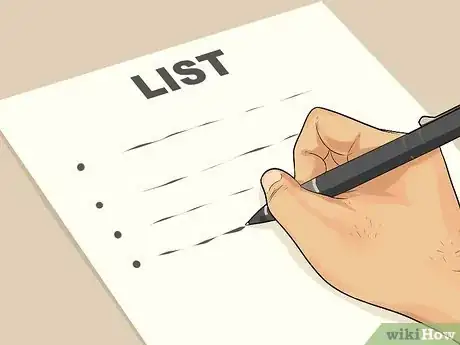
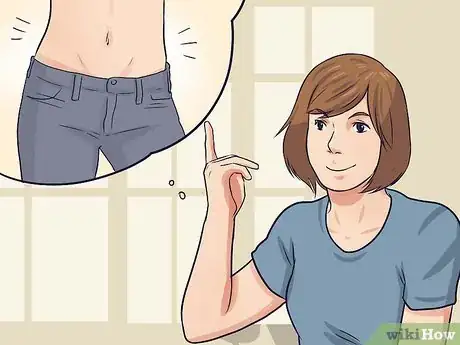



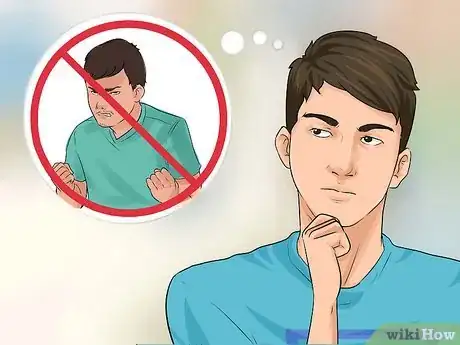
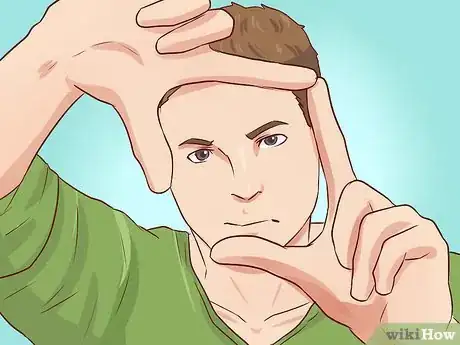

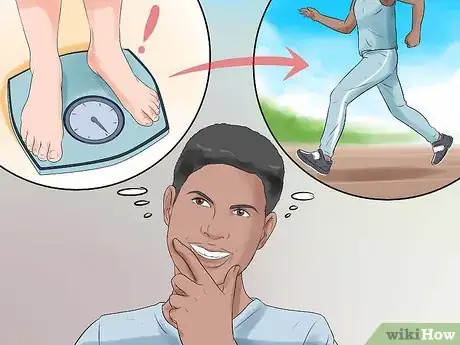
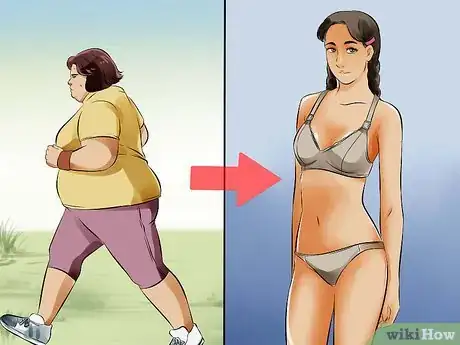
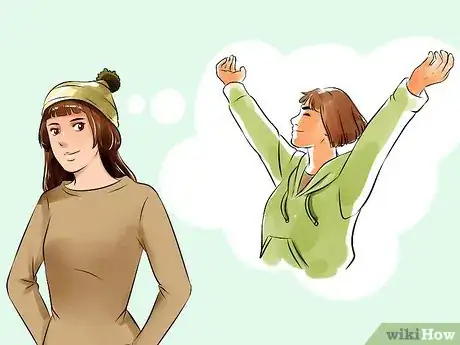
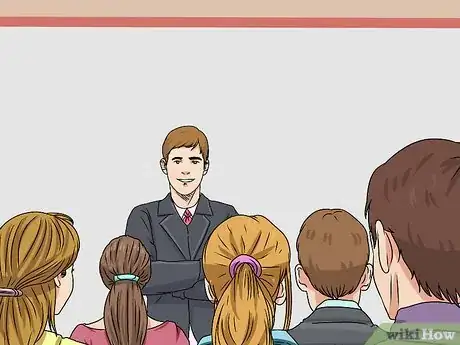
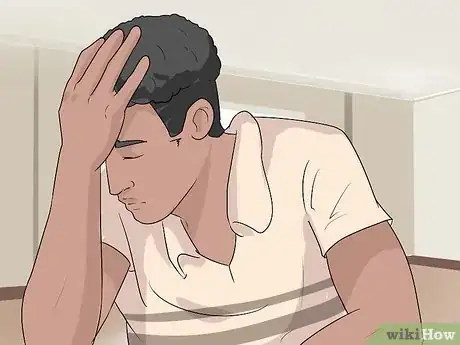

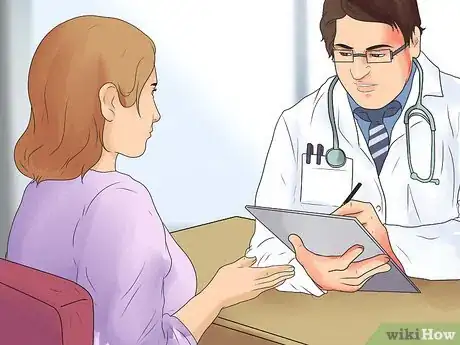
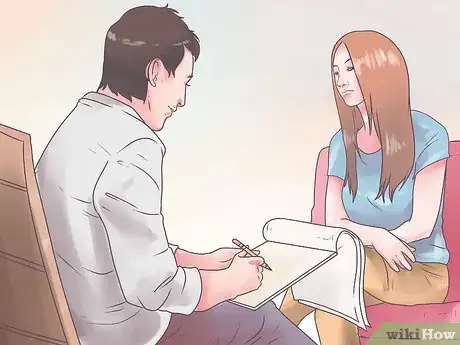
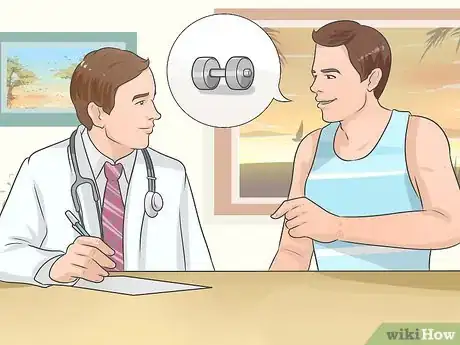
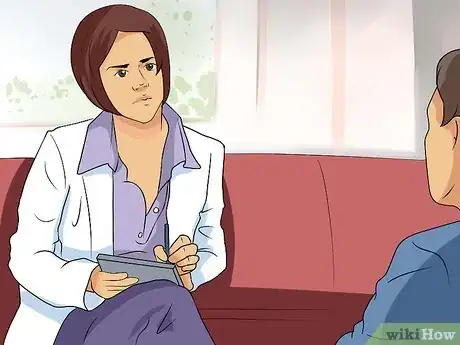

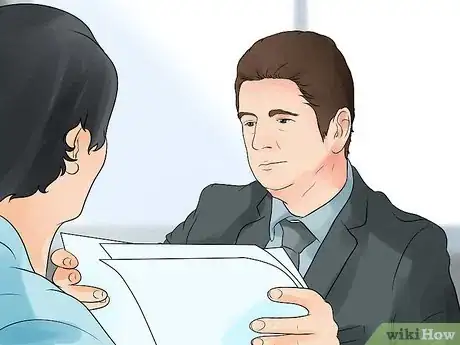

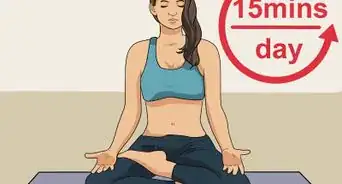




-Step-16-Version-2.webp)




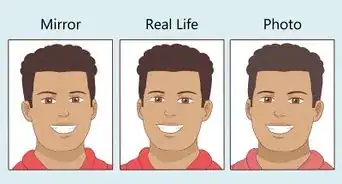

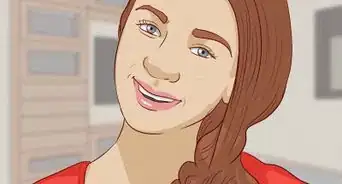








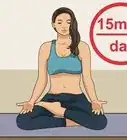
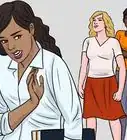





































Medical Disclaimer
The content of this article is not intended to be a substitute for professional medical advice, examination, diagnosis, or treatment. You should always contact your doctor or other qualified healthcare professional before starting, changing, or stopping any kind of health treatment.
Read More...